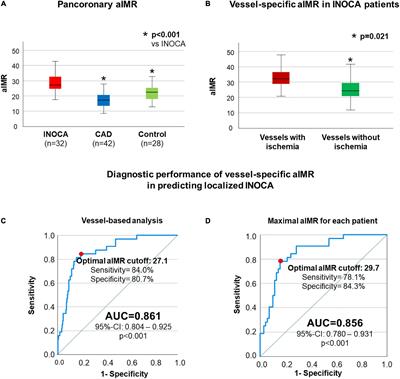REVIEW
Published on 29 Nov 2023
Intra-coronary physiology in contemporary percutaneous coronary intervention and anginal therapy with a focus on microvascular disease
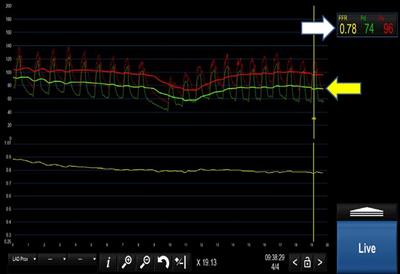
doi 10.3389/fcvm.2023.1255643
- 1,308 views
- 1 citation
5,495
Total downloads
23k
Total views and downloads
REVIEW
Published on 29 Nov 2023

ORIGINAL RESEARCH
Published on 06 Jul 2023
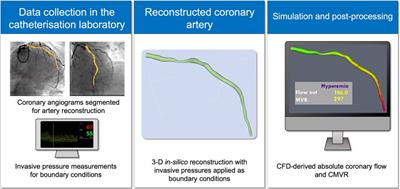
MINI REVIEW
Published on 16 Jun 2023
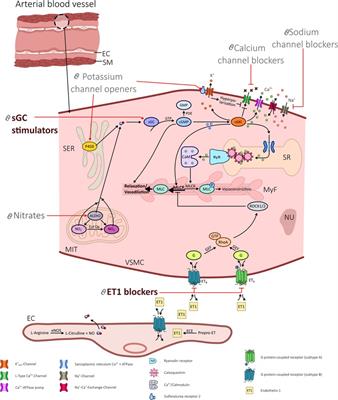
MINI REVIEW
Published on 26 Jan 2023
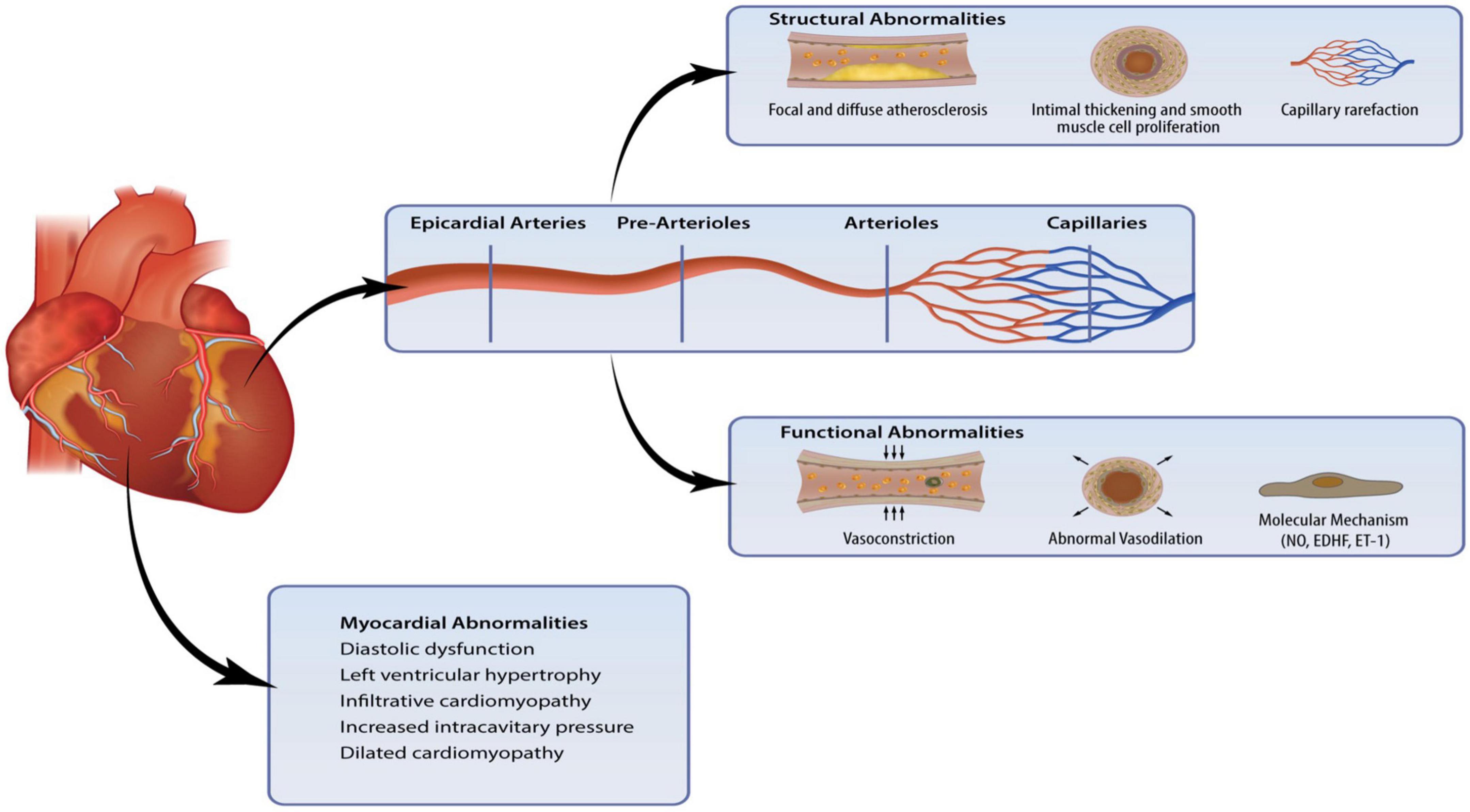
BRIEF RESEARCH REPORT
Published on 25 Jan 2023
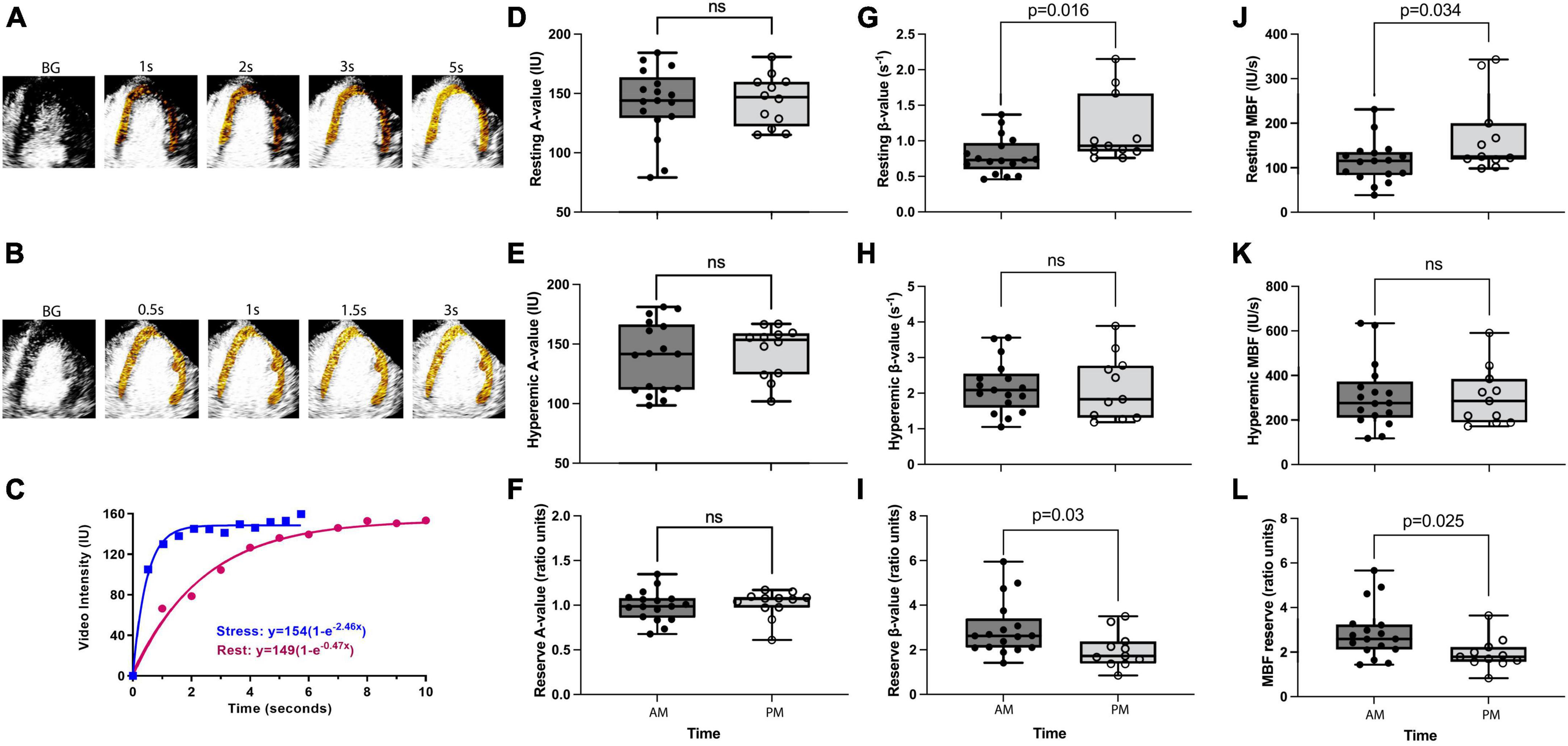
EDITORIAL
Published on 24 Jan 2023
BRIEF RESEARCH REPORT
Published on 24 Nov 2022
